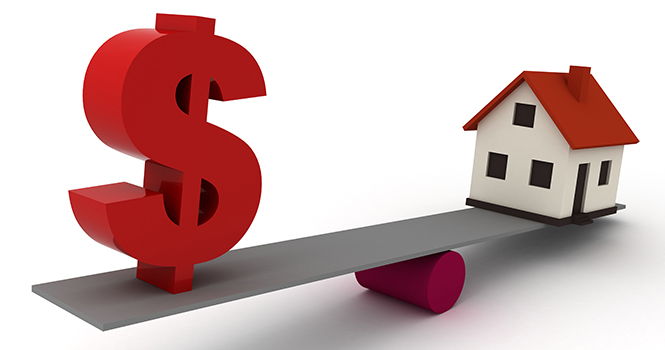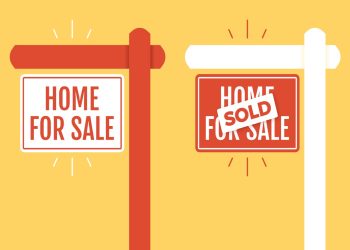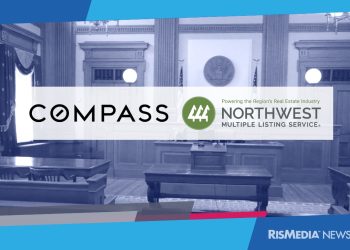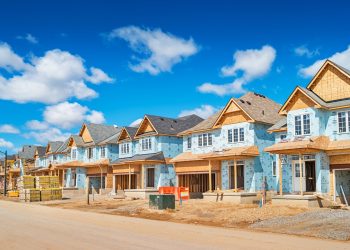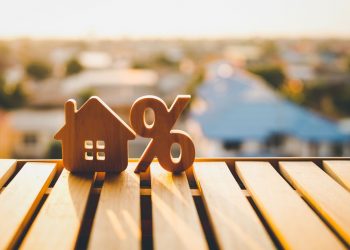The homeownership rate spiraled to its lowest point in 50 years earlier this year, and while it picked up in the third quarter, it remains off its recent peak. The populations bearing out the trend the most, according to a new analysis by the Pew Research Center, are low-income, minority, renter, and young adult households.
For low-income households—a term that assumes three-person households earning an annual income of $44,000 or less—the homeownership rate has fallen from 52.9 percent in 2005 to 41.7 percent today. The rate among middle- and high-income households ($44,000-$132,000 and $132,000 or more, in order), to compare, fell from 73.8 percent in 2004 to 68.3 percent today and 86.6 percent in 2004 to 80.3 percent today, respectively.
The rate of homeownership across minority households, especially black and Hispanic, has fallen, as well—among black households, down from a record-high 49.1 percent in 2004 to 41.3 percent today, and among Hispanic households, down from a record-high 49.7 percent in 2007 to 47.0 percent today.
Low-income and minority homeownership—which, in many instances, are one and the same—have both been adversely impacted by the shrinking subprime mortgage market, which, prior to the crash, had allowed those with lacking credit to own a home. Seventeen percent of mortgages obtained by low-income borrowers in 2004 were subprime; in 2015, that percentage stood at 5 percent. In 2004, 18 percent of mortgages obtained by Hispanic borrowers were subprime; fast-forward a decade to just 8 percent. A considerable 32 percent of mortgages obtained by black borrowers in 2004 were subprime—a percentage now at only 7 percent.
The all-but-absence of subprime lending, however, has had less of an effect on homeownership as it applies to renter households, which are also influencing the decline. Home prices, instead—which have recovered since the recession—are closing off the market to renters, who are struggling to save for a down payment to afford them. Pew’s research shows most renters do not have the financial wherewithal to support even a 3 percent down payment—an idealistic scenario, at that, given the post-recession trend toward higher down payment requirements.
The challenge of saving for a down payment is a major factor for renters—in fact, per Pew, 17 percent of renters would buy a home if the down payment were 20 percent; 58 percent would if the down payment were zero.
Young adult households are also at the forefront of the drop in homeownership; the rate among households headed by those aged 35 or younger has fallen from 43.1 percent in 2004 to 35.2 percent today, and the rate among households aged 35 to 44 has fallen 16 percent over the same period. Measured against households aged 65 and older, in which the rate has dipped only 3 percent, the tendency is clear.
Though Americans recently surveyed by Pew believe homeownership is out of reach for young adults in their 20s and 30s, 81 percent believe—”strongly”—that buying a home is the best long-term investment in the U.S. That perspective, though opposing the homeownership rate, suggests owning a home remains, as ever, the pinnacle of the American Dream.
Source: Pew Research Center
For the latest real estate news and trends, bookmark RISMedia.com.



